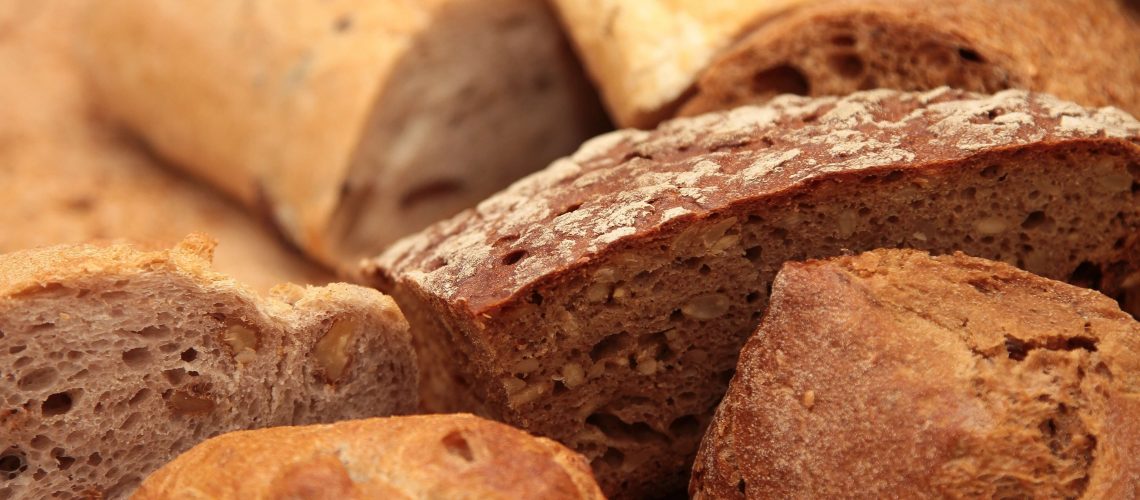The term Low GI has been thrown around a lot recently. From food blogs to insta-mums, everyone likes to say that a low GI diet is the way to go! But is it really as useful as they make it out to be?
Defining Low GI
The Glycemic Index (GI) is a relative ranking of carbohydrate in foods according to how they affect blood glucose levels. Any product that falls into the low GI category is valued 55 or less on the index. This means that the food is more slowly digested, absorbed and metabolised and cause a lower and slower rise in blood glucose and, therefore usually, insulin levels.
Low GI is good for people who have diabetes or any other chronic diseases like heart disease. It can also help with long-term weight management. A Low GI diet can also improve the heart by reducing post-meal blood glucose levels, improving the elasticity of blood vessel walls and blood flow. It can also improve blood cholesterol. These types of food also provides prolonged energy levels instead of short bursts.
In order to go low GI, you could:
- Buy more grainy types of breads
- Replace processed cereals for with natural muesli, traditional porridge oats or cereals that carry the GI symbol
- Eat more dried and canned beans, lentils and chickpeas. These legumes are all lower in GI and nutrient rich along with providing good levels of protein and fibre
- Snack in a more sustainable way by eating fresh fruit, dried fruit, nuts and yoghurt
- Swapping Jasmine and Calrose rice varieties for Doongara, Moolgiri and Basmati; they have a lower GI and higher portion of the starch amylose that takes longer to break down helping to manage your blood glucose levels
Could you make similar changes in your business to make your products low GI? Or are you misusing this term in your business?
If you would like more information on this topic or get the source URL for this article, then email us at [email protected]
